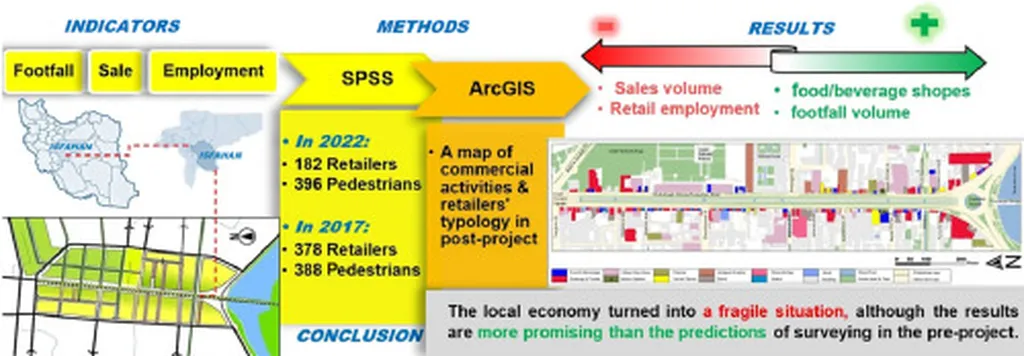In the bustling city of Isfahan, where the hum of daily life is as constant as the flow of the Zayandeh River, a pressing issue has been brewing beneath the surface. The city’s taxi services, a lifeline for commuters, are grappling with a pricing model that’s as outdated as it is unsatisfying. Enter Amin Najafi, a researcher from the Faculty of Civil Engineering at the Islamic Azad University in Najaf Abad, who has set out to revamp the system and bring it into the 21st century.
Najafi’s research, recently published in the journal ‘مهندسی عمران شریف’ (translated to English as ‘Sharif Civil Engineering’), delves into the nitty-gritty of taxi fares, aiming to create a pricing model that covers costs, ensures driver satisfaction, and keeps passengers happy. “The current fares are not just failing to meet the costs of service providers, but they’re also leading to dissatisfaction among drivers and passengers,” Najafi explains. “It’s a lose-lose situation that needs a win-win solution.”
The crux of Najafi’s work lies in a dynamic pricing strategy that considers both distance and time. By setting higher fares during peak hours and lower ones during off-peak times, the model aims to manage demand effectively. This approach encourages passengers to use taxis during less busy hours while incentivizing drivers to work during high-traffic periods.
The research also sheds light on the commercial impacts for the energy sector. With a better understanding of pricing dynamics, taxi services can optimize their operations, leading to more efficient fuel consumption and reduced emissions. “This model isn’t just about fares; it’s about creating a more sustainable and efficient transportation system,” Najafi notes.
Najafi’s findings reveal that the current fares fall short, especially for longer distances. For instance, the cost of traveling by Samand taxi is approximately 32,183 riyals per kilometer, and this cost increases to 38,016 riyals per kilometer during traffic congestion. These insights highlight the need for a more responsive pricing model that adapts to different conditions and route lengths.
The implications of Najafi’s research extend beyond Isfahan, offering valuable insights for other cities grappling with similar issues. By adopting a dynamic pricing strategy, urban planners and policymakers can create more efficient and sustainable transportation systems. This, in turn, can have a ripple effect on the energy sector, promoting more efficient fuel use and reducing environmental impact.
As the world moves towards smarter and more sustainable cities, Najafi’s work serves as a beacon, guiding the way towards a future where transportation is not just about getting from point A to point B, but about doing so efficiently, sustainably, and satisfactorily for all parties involved.

